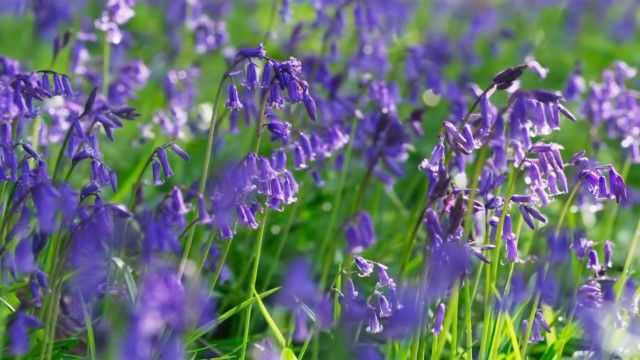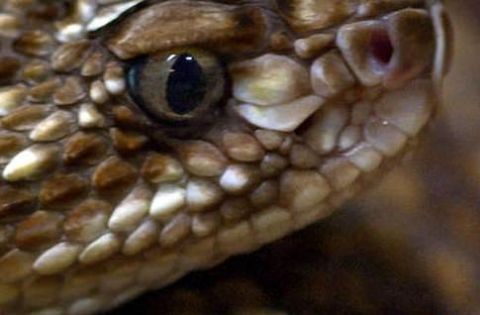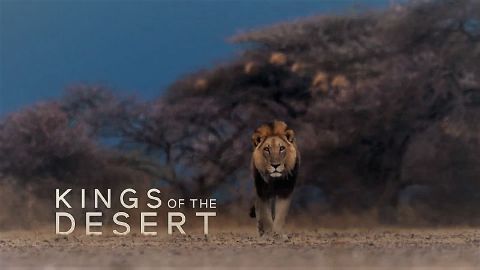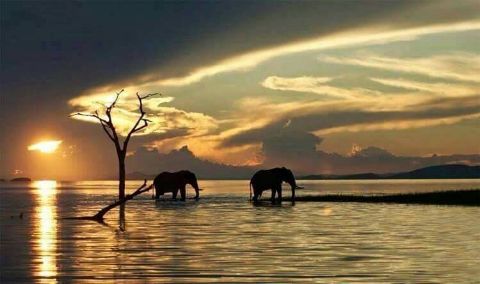Gunda: Mother, pig • 2021
Gunda provides a glimpse into the raw and simple power of nature through mesmerising encounters with farm animals, the eponymous Gunda, a mother pig, two ingenious cows and a scene-stealing, one-legged chicken. Film-maker Victor Kossakovsky reminds us of the many lives that share this earth with humans and their value. From the first steps of piglets to the roaming joy of freed cows, Gunda: Mother, Pig draws a connection between human and animal, and the planet that we share with creatures great and small.
Make a donation
Buy a brother a hot coffee? Or a cold beer?
Hope you're finding these documentaries fascinating and eye-opening. It's just me, working hard behind the scenes to bring you this enriching content.
Running and maintaining a website like this takes time and resources. That's why I'm reaching out to you. If you appreciate what I do and would like to support my efforts, would you consider "buying me a coffee"?
Donation addresses
BTC: bc1q8ldskxh4x9qnddhcrgcun8rtvddeldm2a07r2v
ETH: 0x5CCAAA1afc5c5D814129d99277dDb5A979672116
With your donation through , you can show your appreciation and help me keep this project going. Every contribution, no matter how small, makes a significant impact. It goes directly towards covering server costs.





